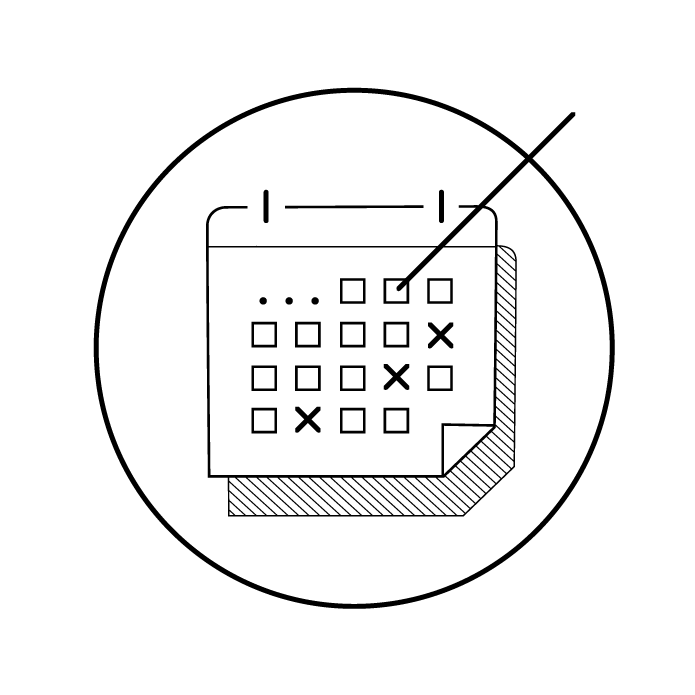 Conference
Conference
The politics of Iconoclasm in the Middle Ages
Conference
1–2 September 2022
Conveners: Marcus Meer (GHIL), Len Scales (University of Durham), and Sarah Griffin (The Warburg Institute, School of Advanced Study, University of London)
In collaboration with the Warburg Institute and GWZO (Leibniz Institute for the History and Culture of Eastern Europe in Leipzig)
With support from Fritz Thyssen Foundation, Leibniz Research Alliance ‘Value of the Past’, Kiel University (CAU)
Venue: German Historial Institute London/Warburg Institute
The role of the visual in constructing social and political power in the Middle Ages has enjoyed much scholarly attention in recent times, and interest in the subject shows no sign of waning. Much less consideration has been given to the responses that visual representations of power elicited from those who encountered them. Given that visual images and performances often aggressively served to stake controversial and, for some, threatening claims, there can be no doubt that such responses were often hostile. But how visual constructions of power were contested, and what visual strategies were open to their opponents – such as defacement, obliteration, or the creation of counter-images or performances – has been remarkably little studied outside the religious sphere. Yet if we think we should take seriously the power of images in politics and society, then the means available to medieval people to oppose and challenge that power is clearly an important subject. To study this volatile aspect of medieval society is important not least because current discourses make use of the past to oppose as well as promote the defacement, destruction, or removal of statues, for example.
The keynote lecture will be delivered by Leslie Brubaker (University of Birmingham).
The subject is manifestly a large one. Locations for iconoclastic acts and behaviours might include the court, towns and cities, or the battlefield, and events and moments where power-displays were concentrated, such as coronations, royal and princely entries, tournaments, councils, and parliaments. Topics and media for consideration might include:
Topics will include:
- Attacks on the powerful in effigy, through their representations in portraiture, sculpture, or manuscript illustrations, as well as the creation and dissemination of polemical, satirical, or defamatory counter-images.
- The destruction, defacement, or public dishonouring of insignia of power such as coats of arms, banners, seals, and clothing.
- The destruction of sites of power (where this has a clear symbolic dimension), such as town walls and gates, palaces and castles and their contents, including the iconographic and performative ‘re-branding’ of such sites by their conquerors.
- The human body as a site of iconoclasm, through acts and rituals of public dishonour, from symbolic inversion to physical mutilation.
- The productive dimensions of iconoclasm as a performance that creates new meanings as it left visible damage or created conspicuous absences.
- Reactions in the aftermath of iconoclasms that illuminate contemporary perceptions of such behaviour and reveal potential ambiguities resulting from displays and their destruction.
- Verbal and textual ‘iconoclasm’: the denunciation, criticism, or contestation of images or visual performances of power in texts or in textual reports of speech-acts.
If you would like to register to hear the papers of this conference at the GHIL, please follow this link to Eventbrite.
If you would like to register for the keynote at the Warburg Institute only, please visit their website.
Call for papers (PDF file)
Conference Programme (PDF file)
Conference report (GHIL Blog)